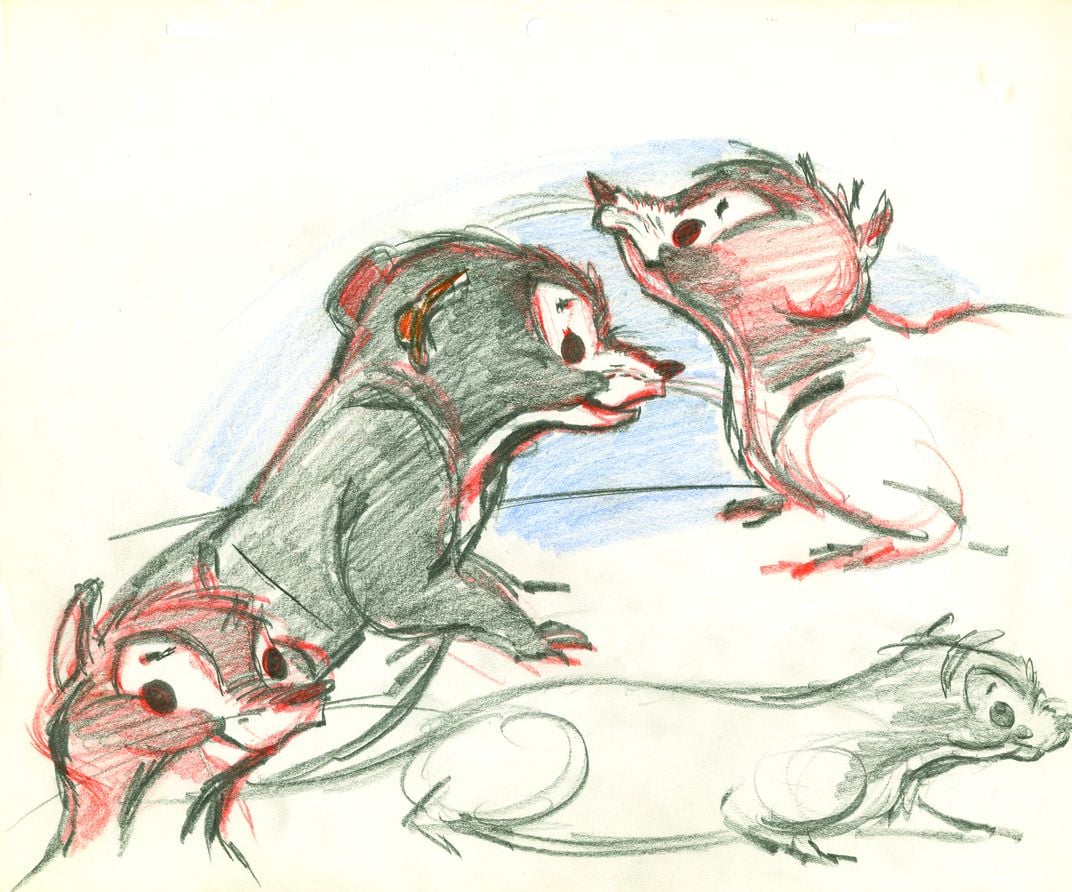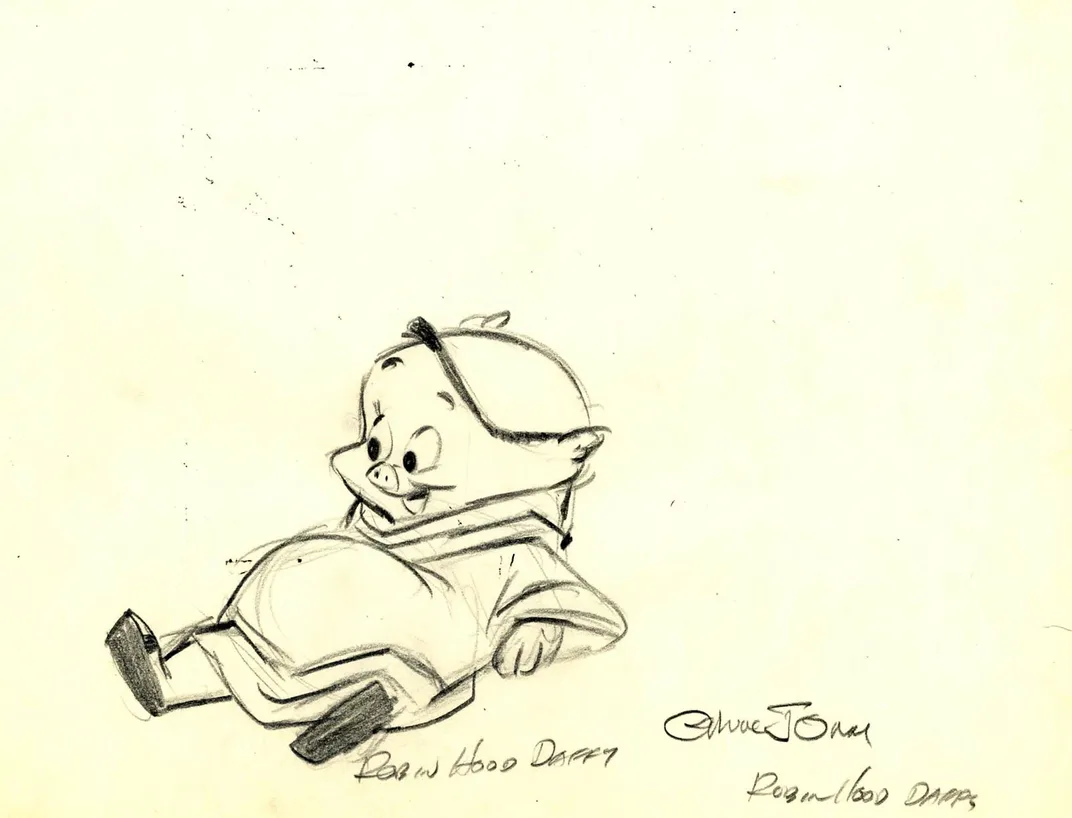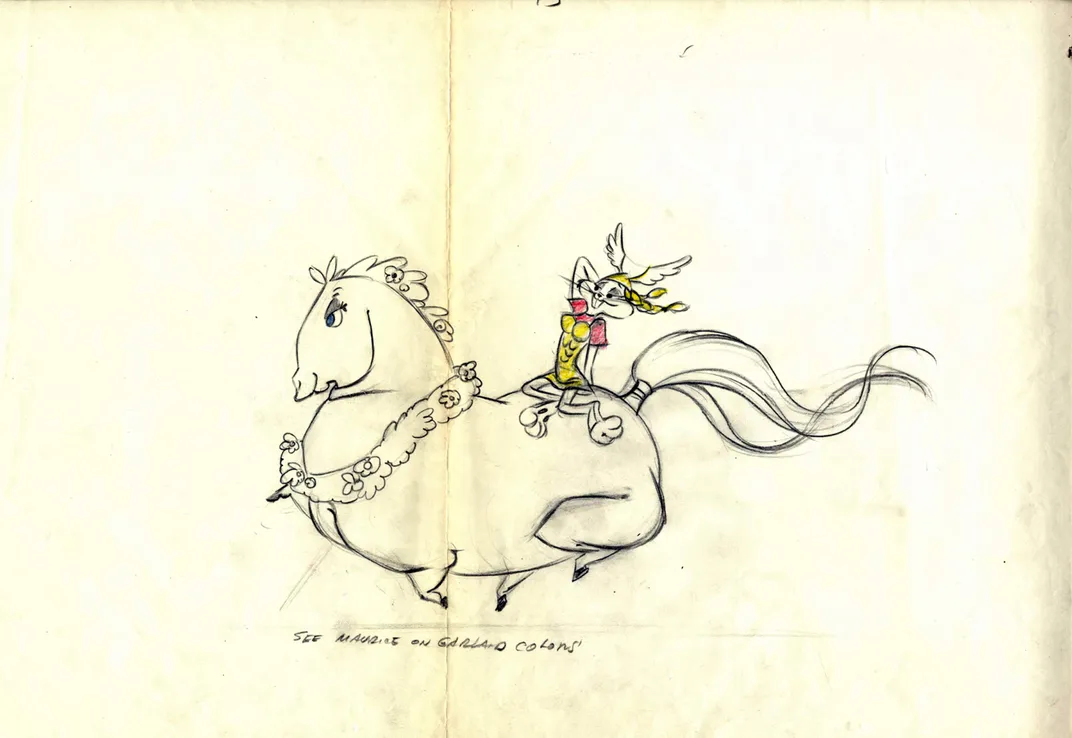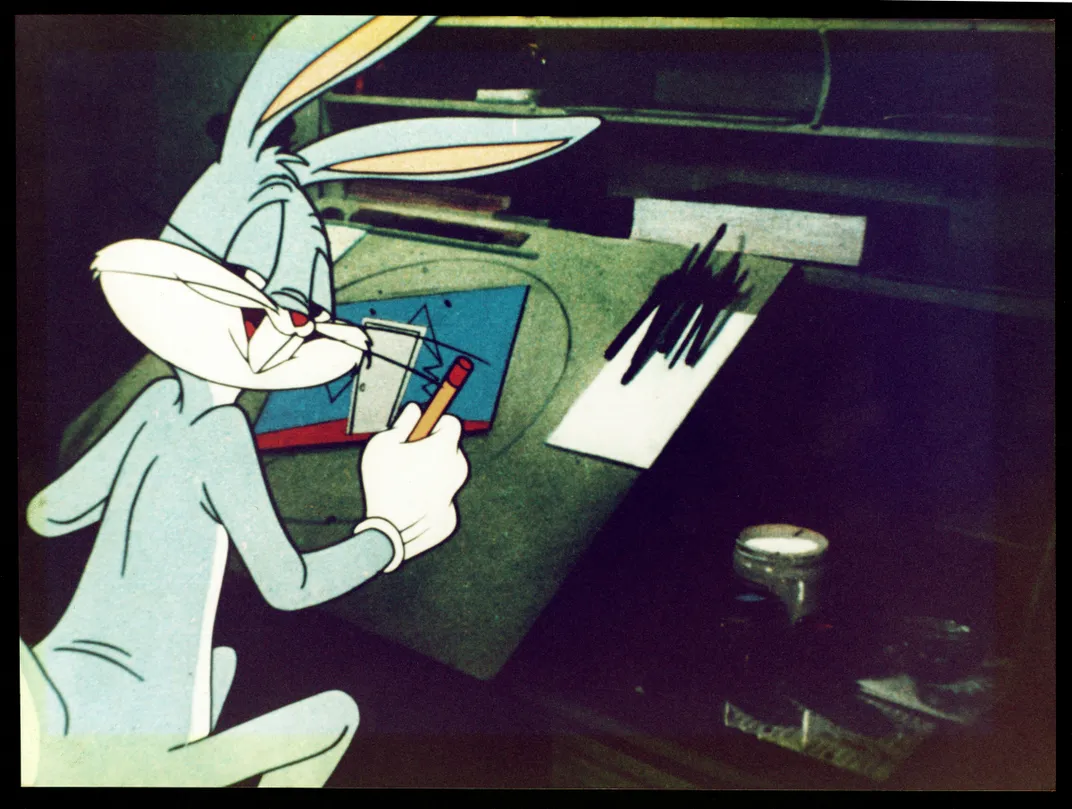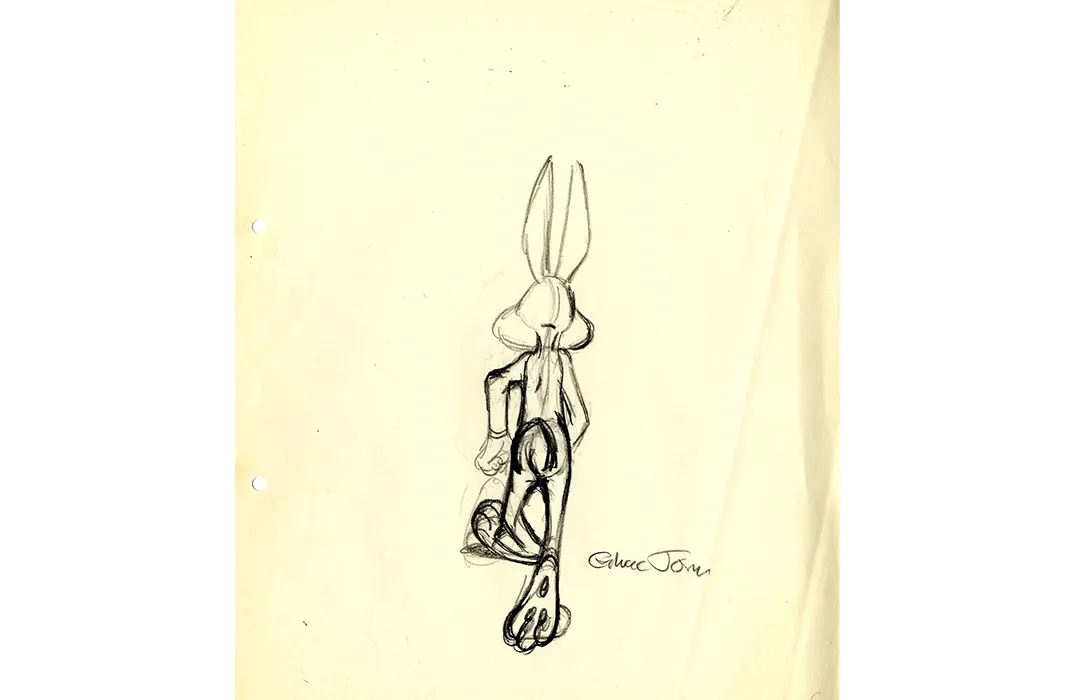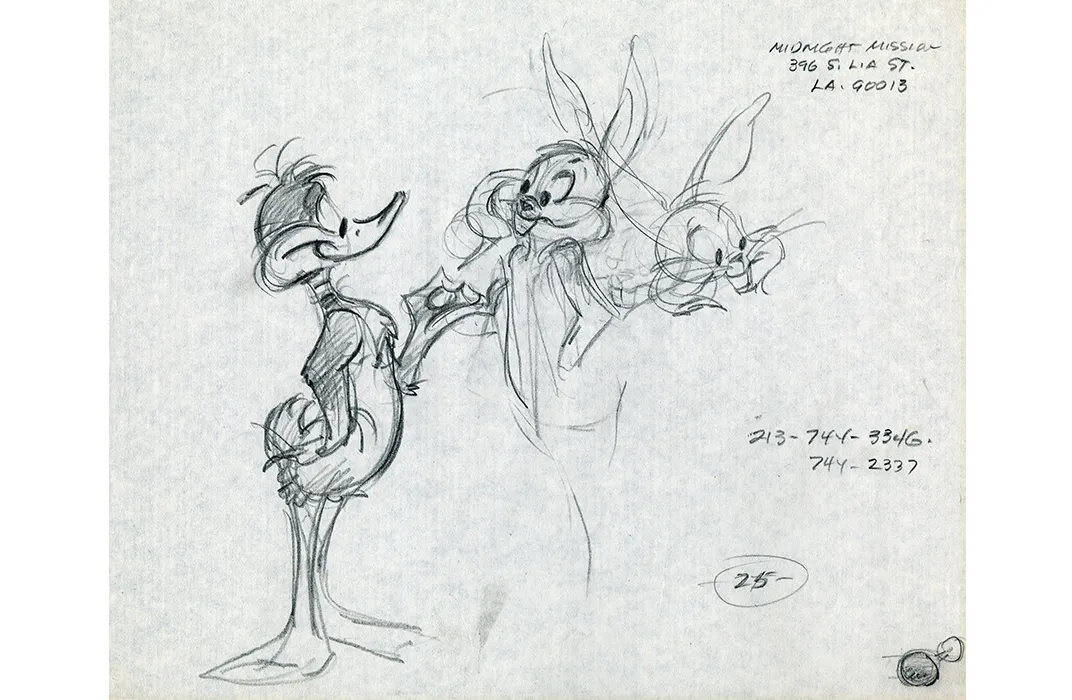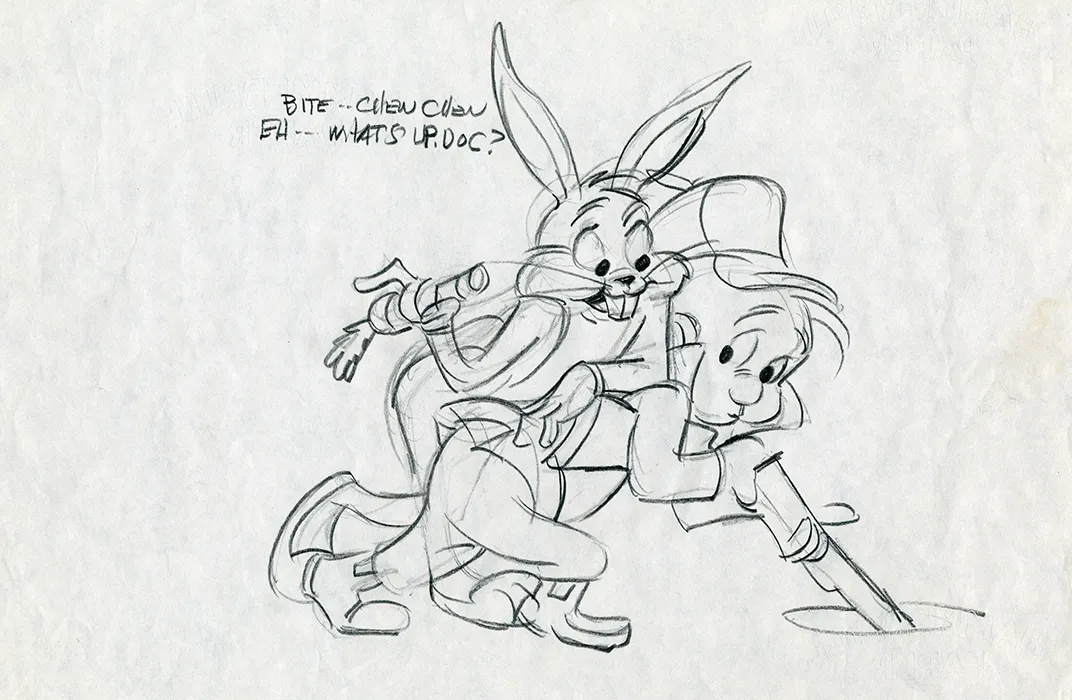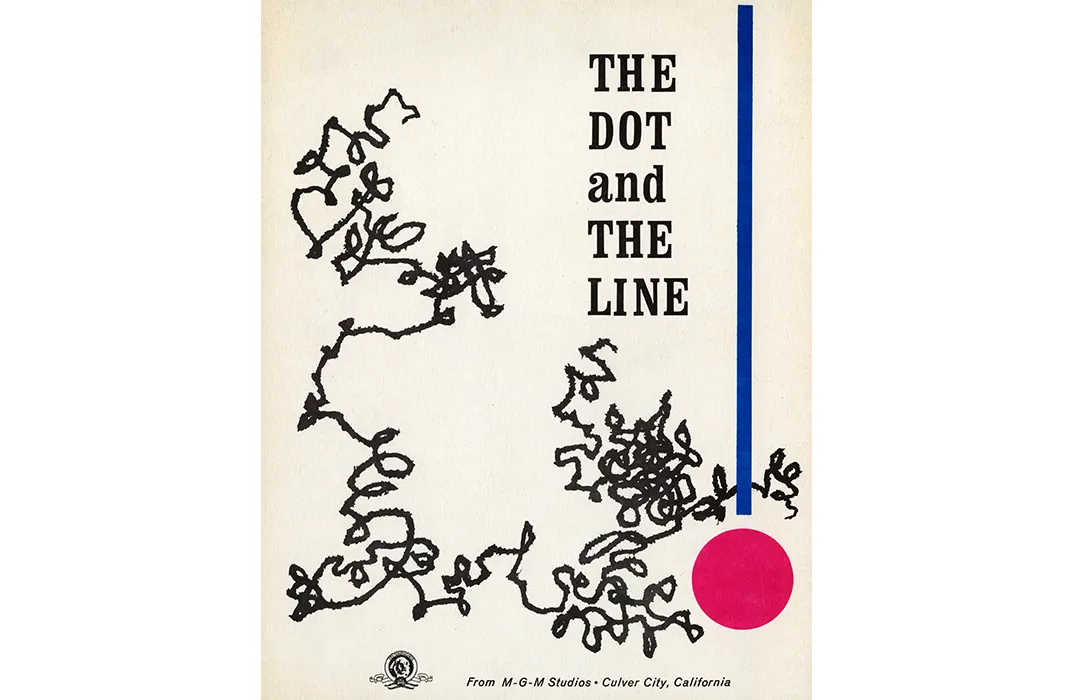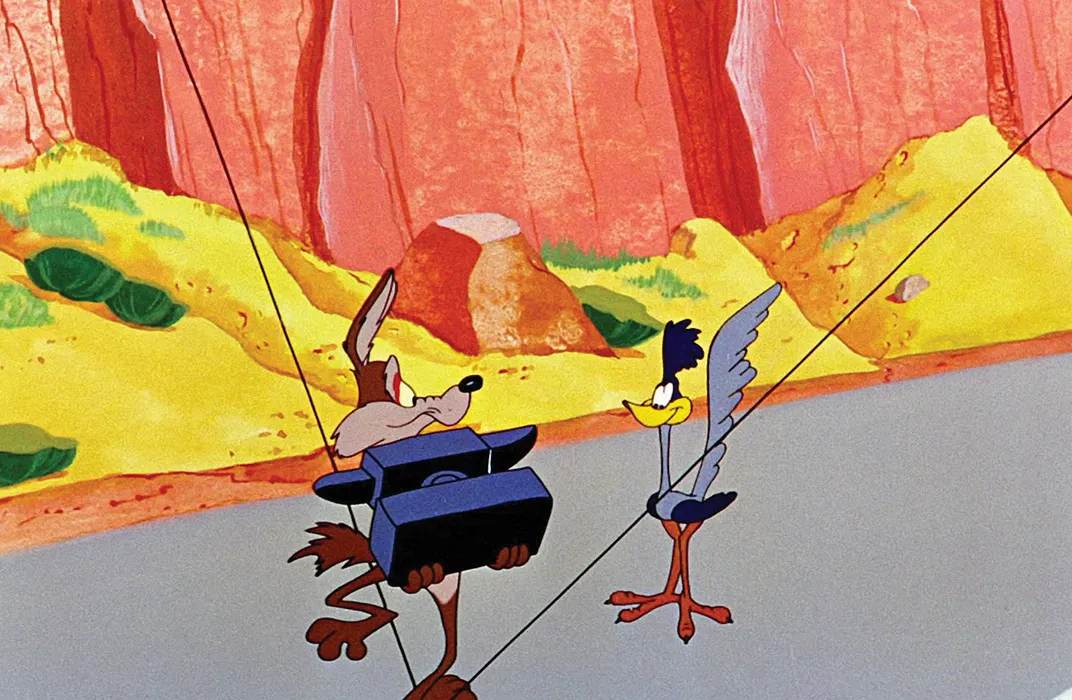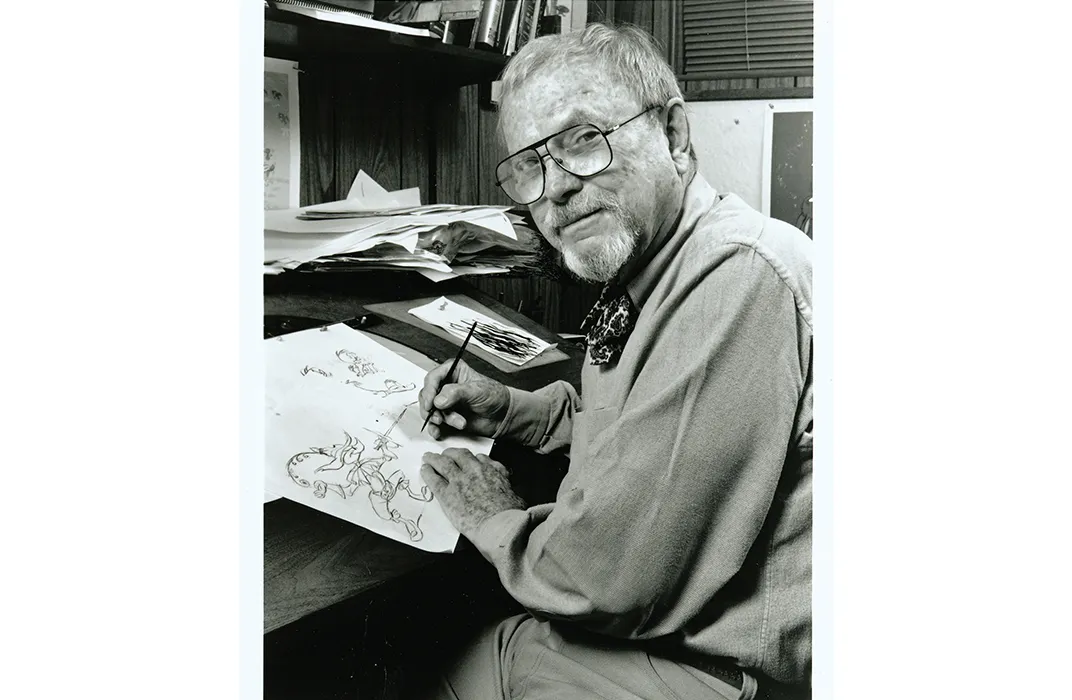What’s Up, Doc? Check Out the Work of Famed Animator Chuck Jones
As part of the Smithsonian Institution Traveling Exhibition Service, Jones’ work will travel to 13 locations through 2019
You may not recognize his face, but you'd certainly recognize the face of his creations—Bugs Bunny, Elmer Fudd, the Roadrunner, all born from the mind of Chuck Jones, the animator, cartoonist and director of animated films.
Jones' timeless characters are center stage in "What's Up, Doc? The Animation of Chuck Jones," a new traveling exhibition created through a first-time collaboration between the Smithsonian Institution Traveling Exhibition Service (SITES), The Academy of Motion Picture Arts and Sciences (AMPAS), the Chuck Jones Center for Creativity, and the Museum of the Moving Image. The exhibition opened at the Museum of the Moving Image in New York City on July 19, and will run for six months before moving to its next location, the Fort Worth Museum of Science and Technology. All told, the exhibit will travel to 13 different locations before concluding its run in 2019.
In 2010, the Academy of Motion Picture Arts and Sciences featured an exhibit, curated by Ellen Harrington, of 125 of Chuck Jones' original works of art that spanned his entire career. After seeing the show, the Smithsonian's Deborah Macanic teamed up with Harrington, as well as members of the Chuck Jones Center for Creativity and the Museum of the Moving Image, to bring an in-depth look at Jones' prolific career to life. "His base was in drawing and paintings, and that comes through very clearly in the way he directed animated films," says Macanic, noting that the exhibit took care to look at Jones' career from all angles: as an animated director, as an artist and as a writer. "All of that comes together to support the career of Chuck Jones in a way that I don’t think I’ve seen done before," she adds.
Chuck Jones was born in Spokane, Washington, in 1912. Building upon a childhood love of art, Jones graduated from Chouinard Art Institute in Los Angeles and immediately went to work in Hollywood's studios, logging experience at two before becoming the youngest director at Warner Brothers Studios in 1939, where he remained until 1962, when the animation department was shut down. It was there that some of his most iconic characters—Bugs Bunny to Wile E. Coyote—were developed.
"It’s hard to imagine an America without Bugs Bunny," says Barbara Miller, one of the co-curators for the exhibition from the Museum of the Moving Image. "It’s not just a character in a cartoon, it’s a character that’s out there in the American imagination."
But Jones was more than an animator: he drew his characters in a way that gave them movement and life. "Chuck always said you should be able to turn the sound off of a cartoon and have a sense of what was going on," Miller says, noting that for Jones, any animated character would have to be able to perform in the same way as a live actor—using the same richness of movement or twinkle in the eye. It was more than Jones' pen that brought these characters to life in such a timeless way—his skills as an animation director were crucial to his work's lasting appeal. "I think it’s really important that we explain what an animation director does and doesn’t do," says Miller of the exhibit. "They don’t sit down and do all the drawings, they orchestrate a team of talented people to do this amazing work."
"People might come expecting to see the cartoons and have a fun time sharing the memories of the cartoons, but I think one of the things the exhibition does really well is help people understand how much specific decision making goes into making those seven-minute cartoons," Harrington adds. The exhibition, in addition to Jones' drawings, showcases the nuts-and-bolts of the animation process, from pencil tests (early versions of animated scenes) to character model sheets (drawings used to depict the movements and appearance of characters). "People can really learn how a script is broken down and how the timing is organized," Harrington says. Jones' famous comedic timing, for instance, was broken down to a frame-by-frame level; he knew the exact number of frames between when Wile E. Coyote fell and when he hit the ground to get a laugh. "It was literally a one frame difference," Harrington explains.
Even in today's world, where box office hits sport booming CGI and 3-D versions, Jones' comedic timing and attention to detail live on. The exhibit features a series of recorded interviews with John Lasseter, chief creative officer at Pixar and the imagination behind animated classics like Toy Story—in his interviews, Lasseter underscores what a profound influence Jones had on the media world. "It was very important for us, in creating this show, to address the subject of Chuck Jones’ legacy," Miller says. "People aren’t creating cartoons, mostly, using pencils anymore, but what was made very clear is that his influence is still very much being felt."
"What’s Up, Doc? The Animation Art of Chuck Jones" will be on display at the Museum of the Moving Image, in New York City, through January, 2015, before moving on to 13 other cities across America, including Seattle and Fort Worth.
